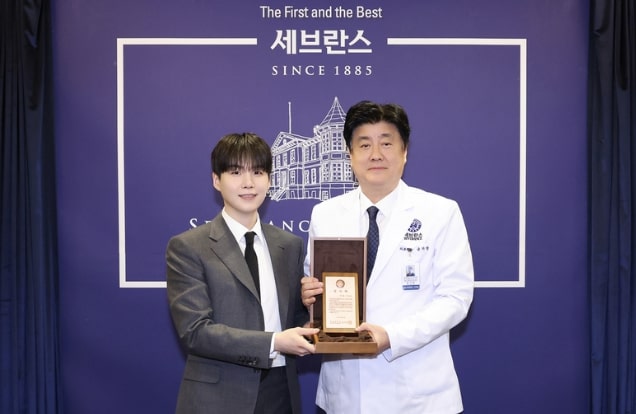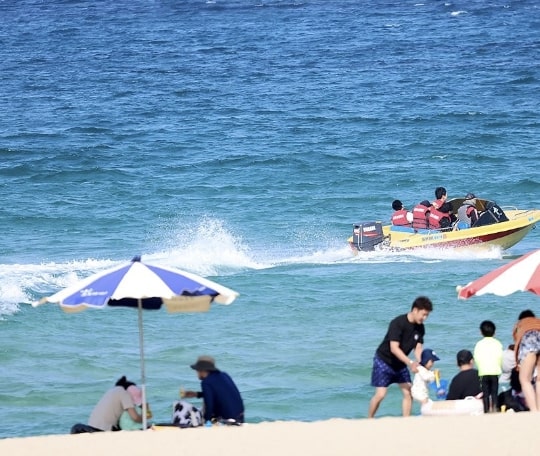
4 Minor Skills That Can Make Your Trip to Korea So Much Fun
GRILL SKILLS

If you’re going to eat Korean barbecue at least once during your trip, it would be helpful to practice grill skills so that you won’t undercook or overcook your meat. What I recommend: medium rare for beef and well done for pork. It’s all about love and care for meat. If you grill meat with all your heart, it will taste fantastic for sure.
KOREAN READING SKILLS

It’s better to learn how to read the Korean alphabet, Hangul, even if you don’t understand. Knowing Hangul makes you much easier to read all sorts of names, such as bus/subway stations, restaurants, cafes, and buildings. Learning how to read the Korean alphabet, Hangul, is surprisingly easy compared to learning the Korean language. Of course, you can use translator apps, but reading the names straight away will save up time. If you cram it for a few days, you’ll be able to read Hangul.
WALKING SKILLS

Traveling usually requires a lot of walking. But you might have to walk a bit more in Korea with the stairs, hills, and alleys. Walking in various alleys is a true joy of traveling to Korea. Moreover, there’s a high possibility that you would have to use public transportation rather than a car in Seoul as it’s quite challenging to drive and park on narrow, packed roads. If you’re riding a subway, that means you have to walk up and down the stairs endlessly. So, don’t forget to bring comfortable shoes!
PATIENCE SKILLS

Koreans are serious about eating delicious foods and desserts. It means that good, popular restaurants almost always have a waiting line, especially at peak times. Many places nowadays have virtual waitlists, but some places still require you to wait in lines (My longest waiting time was 3 hours in line, but it was worth it). So, if you’re a foodie, you can either try visiting at the open hour, make a reservation, or be patient and wait for places that don’t accept reservations.



